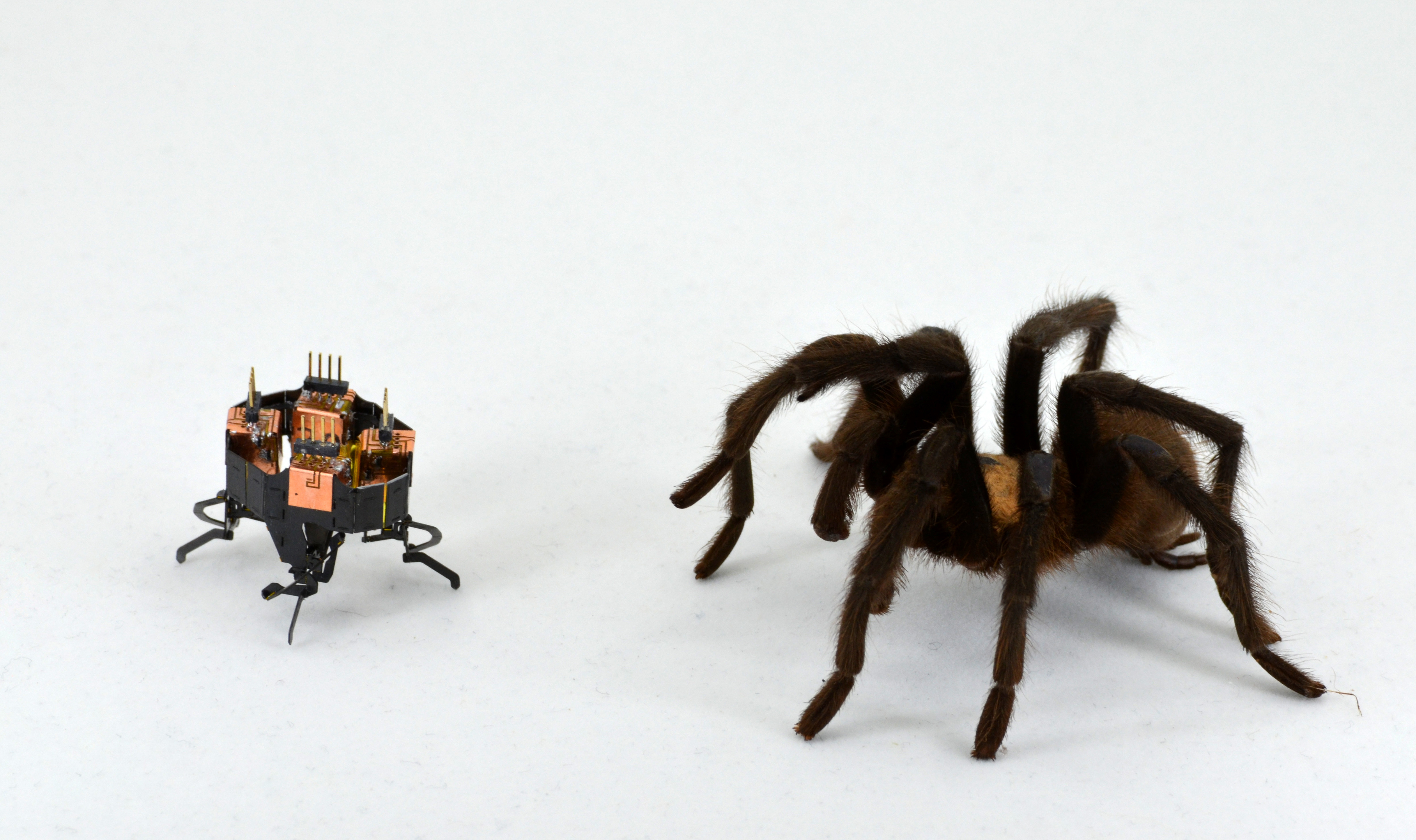Robots that can run, jump, and even talk have shifted from the stuff of science fiction to reality in the past few decades. Yet even in robots specialized for specific movements like running, animals are still able to outmaneuver the most advanced robotic developments.
Georgia Tech’s Simon Sponberg recently collaborated with researchers at the University of Washington, Simon Fraser University, University of Colorado Boulder, and Stanford Research Institute to answer one deceptively complex question: Why can’t robots outrun animals?
“This work is about trying to understand how, despite have some really amazing robots, there still seems to be a gulf between the capabilities of animal movement and what we can engineer,” says Sponberg, who is Dunn Family Associate Professor in the School of Physics and School of Biological Sciences.
Recently published in Science Robotics, their study systematically examines a suite of biological and robotic runners to figure out how to further advance our best robotic designs.
“In robotics design we are often very component focused — we are used to having to establish specifications for the parts that we need and then finding the best component solution,” said Sponberg, who also serves on the executive committee for Georgia Tech's Neuro Next Initiative. “This is of course not how evolution works. We wondered if we systematically analyzed the performance of animals in the same component way that we design robots, if we might see an obvious gap.”
The gap turns out not to be in the function of individual robotic components, but rather the ability of those components to work together in the seamless way biological components do, highlighting a field of opportunity for new research in robotic development.
“This means that the frontier is not necessarily figuring out how to design better motors or sensors or controllers,” says Sponberg, “but rather how to integrate them together — this is where biology really excels.”
Read more about man versus machine and the future of bioinspired robotics here.
For More Information Contact
Audra Davidson
Research Communications Program Manager
Neuro Next Initiative



